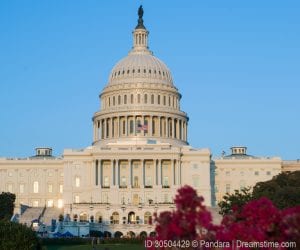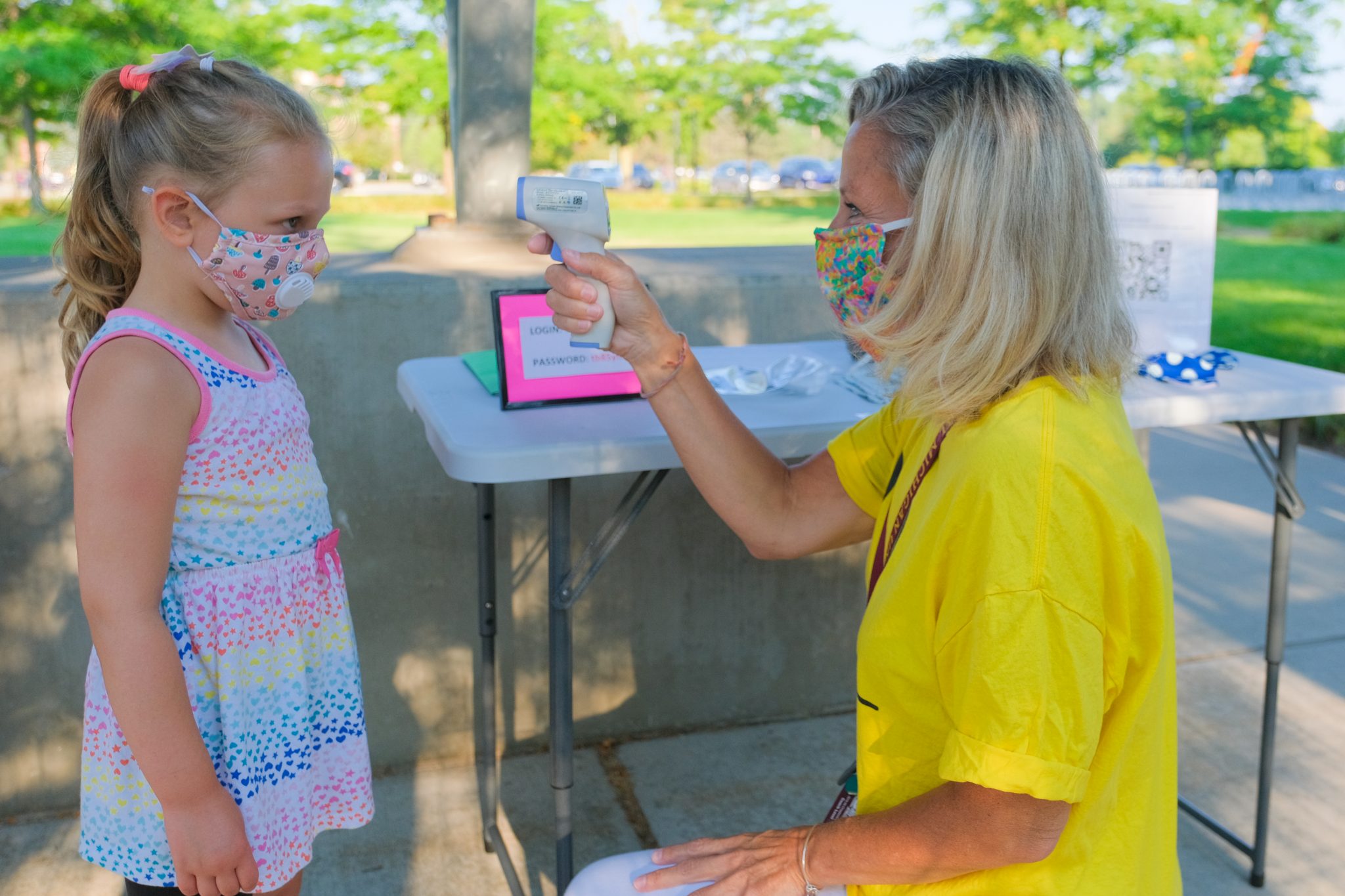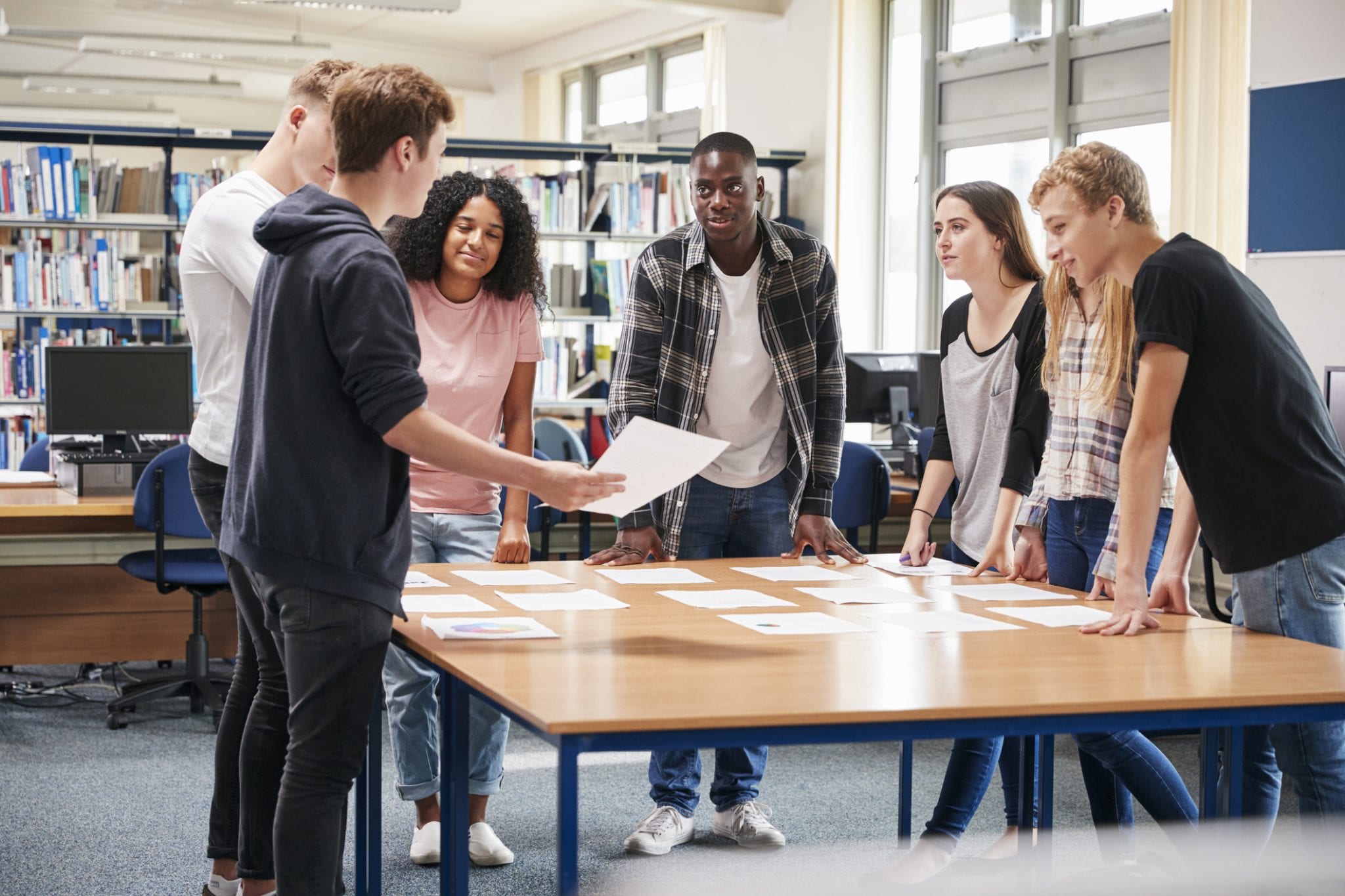 There is no shortage of controversial topics in American society today. According to the Pew Research Center, between 2004 and 2014, there was a drastic increase in U.S. political polarization, and the public’s strong negative views of opposing political parties have at least doubled since 1994. In part, this may be due to people surrounding themselves with like-minded individuals and only following media outlets that share their political views. There are also increasing trends of division in everyday life with ranging views on where to live and the kinds of people to live around. Concerns over cultural and racial division are also at the forefront of society today.
There is no shortage of controversial topics in American society today. According to the Pew Research Center, between 2004 and 2014, there was a drastic increase in U.S. political polarization, and the public’s strong negative views of opposing political parties have at least doubled since 1994. In part, this may be due to people surrounding themselves with like-minded individuals and only following media outlets that share their political views. There are also increasing trends of division in everyday life with ranging views on where to live and the kinds of people to live around. Concerns over cultural and racial division are also at the forefront of society today.
Regardless of the cause of these increasing divisions in American society, they are clearly making things more difficult for teachers.
Impact of Polarization on the Classroom
In our hyper-political climate, some school teachers have found it difficult to remain neutral in response to toxic political discourse. Fears have arisen over misinformation threatening democratic values and over the normalization of harsh, divisive comments by political leaders.
As the political divide continues to grow, it will be important to inform young people that polarization was not previously the norm within the American public and to engage students on how to live more harmoniously together.
Common Controversial Topics in the Classroom
Nowadays, teachers face the threat of extreme polarization jeopardizing our democracy. One article divided controversial topics into empirical issues and values issues. Empirical issues are topics arising within an academic discipline, while values issues involve judging public policy or personal behavior as right or wrong. The author argues that resolving an empirical issue is less important than helping students analyze and discuss the issue using data-based argumentation. Regarding values issues, it can be most helpful to define the meaning of values and identify how values influence a specific situation.

There are several controversial topics relevant to the U.S. education system today. Historically, some consistently divisive education practices have included abstinence-only policies, animal dissection in school, high stakes testing, teaching creationism versus evolution, and gender dress restrictions. Additionally, there has been recent debate about teaching critical race theory, transgender students’ rights, and mask and vaccine mandates. Election results, court decisions (like the recent SCOTUS decision to overturn Roe vs. Wade), and our political leaders can also be hot button topics in the classroom. The Harvard Graduate School of Education has posted about effective ways to discuss these types of often contentious topics with students.
How to Address Controversial Topics
Fortunately, there are many resources available describing effective methodology for teaching controversial topics in the classroom. For example, Common Sense Education describes resource interdependence as a useful discussion approach, where classmates are split into groups and only receive part of the information necessary to fully understand a given topic. The remaining information can only be accessed by collaborating across groups. Teachers can also use online programs such as KQED Learn and ProCon.org that focus on civil engagement, providing background information from multiple perspectives on a controversial topic. Students may benefit from receiving information about all sides of an issue and considering what questions or priorities certain stakeholders may have.
It can also be helpful to set ground rules before initiating civil discussions. Such rules might include offering students the freedom to express their opinion while discouraging hate speech, allowing only criticism of ideas and not of individuals, prohibiting interruptions, and encouraging careful listening rather than polite hearing.

While preparing for the lesson, teachers are encouraged to ensure the lesson plan considers students’ identities and creates a supportive environment. Additionally, teachers should include a diverse selection of sources, guide the discussion using engaging questions, and weigh the pros and cons of sharing their own views. Notably, emotions should be addressed with students as they arise, and it should be acknowledged that uncomfortable feelings are a part of the learning process.
4 Roles for Teachers During Controversial Discussions
Teachers can consider taking on various roles during the discussion. Four exemplary roles might include acting as:
1. The presiding judge: overseeing student deliberation
TIP: Focus more on procedural matters (like ensuring the deliberation is respectful and that students are restating the speaker’s point) rather than picking sides in the argument.
2. The determined advocate: actively trying to get students to come to a certain conclusion
TIP: This role can be carried out in different ways. The determined advocate might take a heavy-handed approach, or provide more of a guiding hand, showing students which side is better supported by the evidence.
3. The nurturant facilitator: creating a safe environment for students to freely express their views
TIP: Use non-judgmental language when encouraging students to share thoughts and ideas they might have. For example, instead of responding with negative feedback and saying a student’s comment is “unreasonable,” one could say “what makes that a fair solution?”
4. The Socratic cross-examiner: challenging students’ assertions using careful and non-dismissive remarks.
TIP: This role is similar to that of prosecutors and defense attorneys questioning witnesses in the courtroom.
Implications for Current Students and Future Generations
Research has found that students’ cognitive development benefits from constructive discussions about divisive topics. Open classroom discourse encourages students to think for themselves, to understand what factors shape different perspectives, and to learn the procedures used to shape knowledge in the social, behavioral, and natural sciences. We encourage teachers to review the materials provided above and to discuss difficult topics with their students, who will become the future leaders of our society.
Image credits: US Capitol (ID 30504429 ©Pandara, Dreamstime.com); High schoolers in library (ID 104866607 ©Monkey Business Images, Dreamstime.com); School Covid-19 monitoring (First Day of School by Dan Gaken is licensed under CC BY-ND 2.0)


